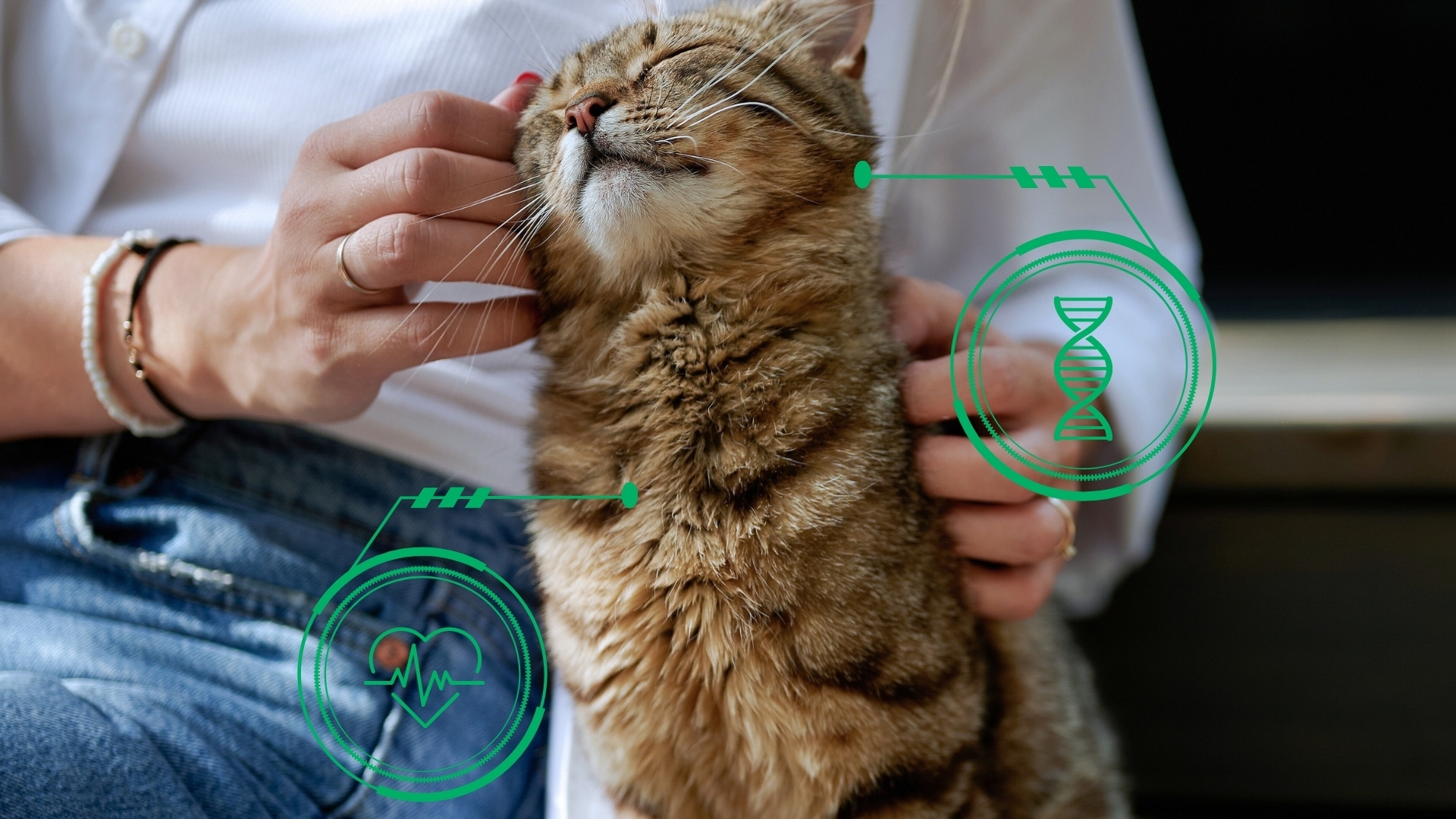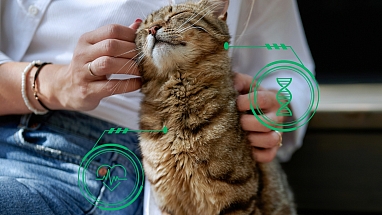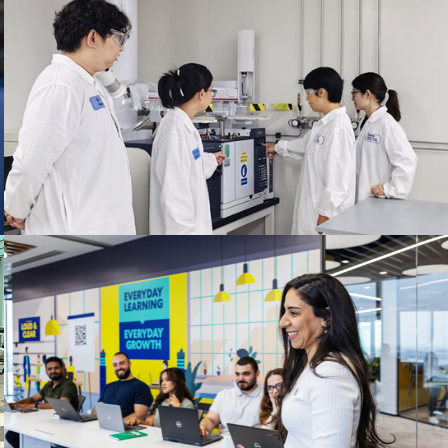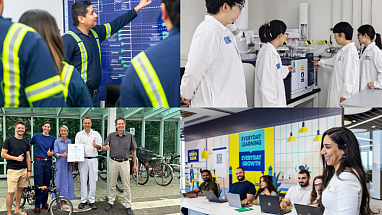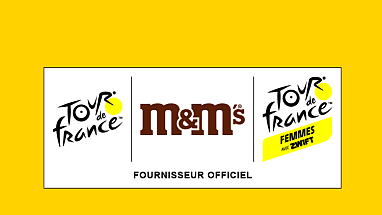When you bite into a SNICKERS® or toss back a STARBURST®, ever wonder why your mouth is transported to a wild world of sensory delight? You can thank Dr. John Didzbalis, who brought the science of the senses to Mars.
John is a flavor sensory scientist in our Mars Advanced Research Institute (MARI)(Opens a new window) whose work revolves around understanding the intricate relationship between food and the senses.
For more than 20 years, John has been putting his brain, nose and mouth to work on everything from developing new food products to improving existing ones. His research involves a combination of chemistry, biology and psychology, as he seeks to understand the complex interplay between the chemical composition of food and the sensory perceptions it generates.
Let’s start simple. John, what are your favorite and least favorite foods?
Growing up, we had mostly bland meat and veggies (sorry, mom), so I’ve probably been searching for flavor since I was a kid. I can’t say I have a favorite food … I enjoy pretty much everything. Just don’t ask me to eat a raw onion.
What has your quest for flavor at work looked like lately?
We’re using emerging science and technology to spark discoveries with the potential to re-invent the future of our business. A big part of my job is learning what people want. Based on those findings, we’re focused on developing products that not only satisfy the senses, but also support health and the environment.
Take the future of raw materials. As we move away from traditional food sources to novel and more sustainable ingredients, how do we ensure they’re high quality (i.e., taste good and are free of any “off” aromas)? We’re developing leading edge technologies and tools, such as precision fermentation and AI, to address such challenges and unleash the potential of these new materials. We’re also using techniques to develop targeted flavors from new raw material streams. And we’re using AI to help build models that can predict aroma and taste based upon chemical composition.
The future in flavor science looks bright! Right now, we’re looking at everything from alternative proteins and more nature-derived solutions to make our products more nutritious. Producing a more nutritious product is great, but if it doesn’t taste good, nobody will eat it.
Give us a peek at the science behind our senses.
Our taste buds can detect sweet, sour, salty, bitter and umami (savory) flavors. But aroma also plays a critical role in our perception of flavor. When we eat, those aromas are released in our mouth and travel up through the back of the nose. Our brain combines this signal with the taste sensations to create the overall flavor experience.
We use chemical analysis, among other tools, to isolate the components of flavor and aroma – then combine them in different ways in search of the most enjoyable blends. We also work with sensory panels, where trained panelists evaluate food samples and rate them according to specific criteria.
The psychology of eating also comes into play during our work … looking at how to maximize food prep and sharing experiences … the emotional response you have from cooking and coming together around food.
How will your work impact the future of food?
The more we can use science to demystify how we perceive food, the more we can deliver products that offer experiences that not only delight people’s senses, but bring them together with their families, communities and cultures – even inspire them to try something new.
The science also helps us address more immediate challenges around sourcing regions and supply chain issues and it guides Mars on where to make long-term bets on products for the future.
As a family-owned company, we have the freedom to think in generations rather than quarters, so it’s a great place for scientists to bring intellectual curiosity and appreciation for innovation.









